KACHOLONG
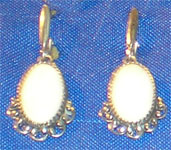 Characteristics of the mineral.
Characteristics of the mineral.
Cajolong is a milky-white stone, which is an opaque variety of porcelain-like opal, sometimes called pearl opal or semi-oval because of the low content of bound water. This is a transitional form of opal. Cajolong is opaque, porcelain-like or enameled, honey white, formed with loss of water, due to which it is sometimes referred to as chalcedony. Cajolong of organic origin, rich in calcium, can go to chalk (this type is particularly active and eats up moisture). An interesting variety of opal, sometimes somewhat porous and sticking to the tongue (slightly biting at the tongue).
Cacholong is an inexpensive opal that can be used for jewelry inserts, hand-made articles or be unfit for processing. There are completely opaque or slightly translucent minerals. Having lost almost all of the associated water cacholongs of some types actively absorb moisture, but they are afraid of water, and after getting wet and drying they can even crack (photo right lower right). Cacholongs of another type, on the contrary, are not afraid of water and wetting (photo below on the left). There is a version that its name is formed from the Kalmuck words kahe (river) and halong (stone). Therefore, the cacholong is otherwise called Kalmyk agate. According to another version, the name of the stone comes from the Turkic word kanlon (a beautiful stone).
In Mongolia, the cacholong is identified with a lotus - a sacred flower in Buddhism, a symbol of spiritual purity and purity. In India, this stone is venerated for its whiteness and is called the petrified milk of a sacred cow. In addition to the above countries, cajolong deposits exist on the territory of Russia, in Kazakhstan and Central Asia, in Iceland and Armenia. Jewelers usually prefer to send cacholong to silver.
Magic properties of stones.
Cacholong symbolizes the pure state of mind and mind. A woman's stone. The stone of nuns and monks. It is believed that the cacholonga strengthens well-being and health, brings peace and peace to the house and family. It is a symbol of purity of thoughts, this stone is well used to purify the mind during meditation and to combat anxious states of the psyche. Therefore, amulets with cajolongs are advised to be used in meditations, during spiritual concentration, to purify the mind of troubling thoughts.

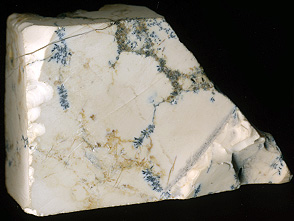
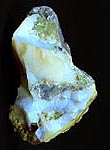
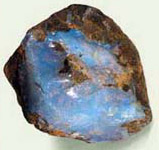
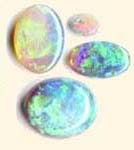
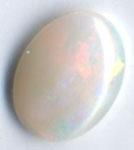

Poisonous and radioactive dangerous stones and minerals
** - Poisonous stones and minerals (obligatory check in chemical laboratory + clear indication of toxicity).
** - Radioactive rocks and minerals (obligatory check on a regular dosimeter + ban on the open sale of radioactivity in the event of more than 24 mR / hour + additional measures to protect the population).
All rare stones are subject to mandatory inspection at the standard dosimeter for the permissible level of radiation and in the chemical laboratory for the absence of poisonous and evaporating components that are dangerous to humans and the environment.


Comments
When commenting on, remember that the content and tone of your message can hurt the feelings of real people, show respect and tolerance to your interlocutors even if you do not share their opinion, your behavior in the conditions of freedom of expression and anonymity provided by the Internet, changes Not only virtual, but also the real world. All comments are hidden from the index, spam is controlled.